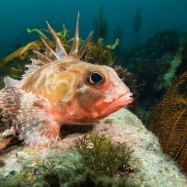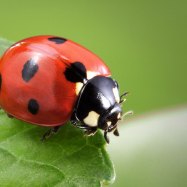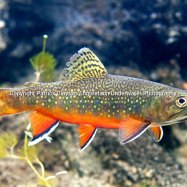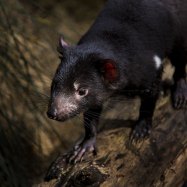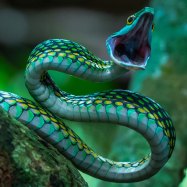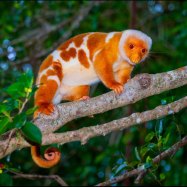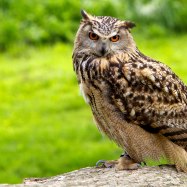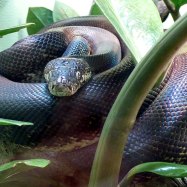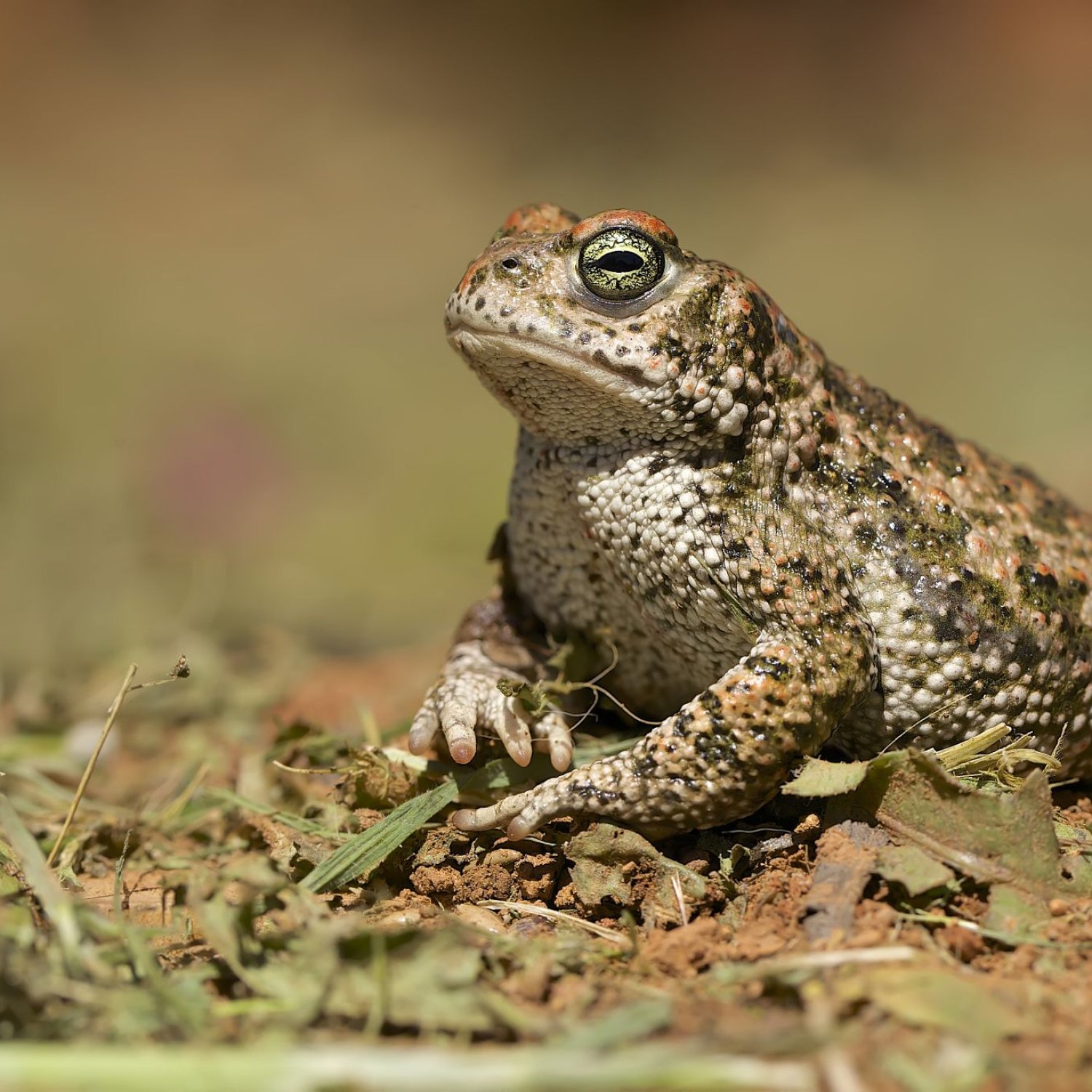
Natterjack
7-10 cm
The natterjack toad, found in coastal areas, is a unique amphibian with a stocky, short body that grows to 7-10 cm in length. Belonging to the Bufonidae family, these toads are known for their distinctive calls and can often be heard during the breeding season. Despite their small size, these creatures play an important role in their ecosystems and are worth keeping an eye out for on your next trip to the coast. #Natterjack #CoastalCritters #WildlifeWednesday
Animal Details Summary:
Common Name: Natterjack
Kingdom: Animalia
Habitat: Coastal dunes, saltmarshes, and heathlands with sandy soil
The Unique Natterjack: A Fascinating Amphibian of the European Coast
The coastal regions of Europe are home to a wide range of flora and fauna, each with its unique adaptations to survive in this dynamic environment. However, one particular species stands out among the rest – the Natterjack. With its distinct physical features and behaviors, the Natterjack is a fascinating animal that has caught the attention of scientists and nature enthusiasts alike.Known scientifically as Epidalea calamita, the Natterjack, or Epidalea, is a member of the family Bufonidae, commonly known as the true toads Natterjack. It belongs to the Amphibian class, which includes frogs, salamanders, and caecilians. But what makes this particular species stand out? Let's delve deeper into the world of the Natterjack to find out.
The Habitat of the Natterjack
Inhabiting coastal dunes, saltmarshes, and heathlands with sandy soil, the Natterjack prefers humid and sandy environments as they provide excellent opportunities for shelter and breeding. These small amphibians can also be found in dry heath areas, peaty bogs, and open woodlands. Their preferred habitat also includes shallow pools and ponds, where they lay their eggs and where their tadpoles develop.This unique habitat preference is an essential aspect that sets the Natterjack apart from other species of toads. While most toads are found in damp, dark habitats, the Natterjack thrives in more open and sunny areas. This makes them vulnerable to habitat destruction, making them a species of conservation concern.
The Carnivorous Feeding Habit of the Natterjack
The Natterjack is a carnivorous amphibian, which means it mostly feeds on other animals Norwegian Elkhound. Its diet consists of insects, spiders, snails, slugs, and worms – anything that can fit into its small mouth. They are also known to prey on other amphibians, including smaller toads and newts. The Natterjack is an opportunistic feeder and will consume any available prey, making it an essential part of the ecosystem.Their unique feeding habits are also reflected in their physical features. With a stocky, short, and robust body, the Natterjack is perfect for their diet. They have short legs and webbed feet, which enable them to move efficiently through their sandy habitats.
The Geographical Distribution of the Natterjack
The Natterjack has a vast geographical distribution, with its range spanning across Europe and parts of western Asia. Although it is more commonly found in European countries, including the United Kingdom, France, and Spain, it can also be spotted in some parts of Iran and Turkey.In the UK, the Natterjack's distribution is restricted to certain coastal regions, primarily in Northwest England, Southwest Scotland, South Wales, and East Anglia. Due to their declining population, they have been listed as a priority species under the UK Biodiversity Action Plan.
The Natterjack's Appearance
When it comes to physical appearance, the Natterjack is undoubtedly a unique-looking amphibian. With its brown or grey coloration, the Natterjack can easily blend in with its sandy environment. However, it is the dark patches and warts on their back that make them stand out. These warts are not just for aesthetics; they serve as a defense mechanism against predators.One of the most distinctive features of the Natterjack is its horizontally slitted pupils. This adaptation allows them to have excellent night vision, making them nocturnal creatures. They emerge from their hiding spots at night to hunt and forage for food, making it easier for them to spot their prey in the dark.
The Natterjack's Unique Adaptations and Behaviors
The Natterjack's unique physical features and appearance are complemented by its fascinating behaviors and adaptations. As mentioned earlier, their warts serve as a defense mechanism, but that's not all. These warts also act as a form of camouflage, making it harder for predators to spot them in their sandy habitats.In addition to their excellent night vision, the Natterjack also has a unique way of defending itself. When threatened or disturbed, they secrete a toxic substance from their warts, which can be harmful to predators and other animals. This adaptation serves as a warning for potential predators, deterring them from attacking the Natterjack.
Another remarkable behavior of the Natterjack is its distinctive call. Unlike other toad species that have a loud and deep croaking call, the Natterjack's call is a distinctive "noisier" sound. This sound is often described as similar to a motorbike engine, earning them the nickname "running toad."
Threats and Conservation Efforts
As mentioned earlier, the Natterjack is a species of conservation concern. Due to its specific habitat preferences and decline of suitable habitats, their population has been in decline. Other threats to their survival include habitat destruction, climate change, pollution, disease, and predation. Invasive species, such as American bullfrogs and crayfish, also pose a threat to the Natterjack's population.To ensure the survival of this unique amphibian, there have been multiple conservation efforts and initiatives across Europe. In the UK, these efforts include the restoration of degraded habitats, captive breeding programs, and the implementation of protective measures for their habitats.
The Significance of the Natterjack
Apart from its role in maintaining the delicate balance of the ecosystem, the Natterjack also has cultural significance. In some countries, such as Denmark, the Natterjack is considered a lucky charm, and its distinctive call is said to signal good weather. In other places, their presence is an indication of a healthy and diverse ecosystem.Moreover, the Natterjack also serves as an indicator species for environmental health. Their decline in population is a warning sign of the degradation of their habitats, highlighting the need for conservation measures to protect them and their environment.
In Conclusion
In conclusion, the Natterjack is a fascinating amphibian that has managed to survive and thrive in its unique habitat. With its distinct physical features, behaviors, and adaptations, it stands out among other species of toads, making it a subject of interest for scientists, nature enthusiasts, and conservationists. However, their declining population calls for immediate conservation measures to ensure that this species continues to thrive for generations to come. So, the next time you visit the European coast, keep an eye out for this unique creature, and consider it a lucky sign of a healthy and diverse environment.

Natterjack
Animal Details Natterjack - Scientific Name: Epidalea calamita
- Category: Animals N
- Scientific Name: Epidalea calamita
- Common Name: Natterjack
- Kingdom: Animalia
- Phylum: Chordata
- Class: Amphibia
- Order: Anura
- Family: Bufonidae
- Habitat: Coastal dunes, saltmarshes, and heathlands with sandy soil
- Feeding Method: Carnivorous
- Geographical Distribution: Europe and parts of western Asia
- Country of Origin: Multiple countries in Europe
- Location: Coastal areas
- Animal Coloration: Brown or grey with dark patches and warts
- Body Shape: Stocky with a short, robust body
- Length: 7-10 cm
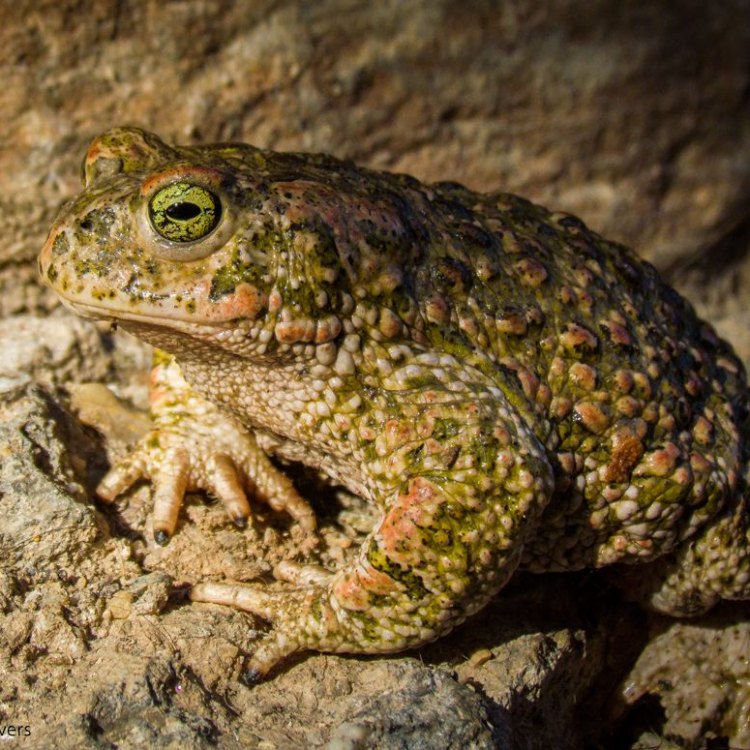
Natterjack
- Adult Size: Medium-sized
- Average Lifespan: 4-6 years
- Reproduction: Sexual
- Reproductive Behavior: Males attract females with loud mating calls
- Sound or Call: Loud, distinctive call that sounds like a motorbike
- Migration Pattern: Non-migratory
- Social Groups: Solitary
- Behavior: Nocturnal and highly territorial
- Threats: Habitat loss, pollution, invasive species
- Conservation Status: Least Concern
- Impact on Ecosystem: Role as a predator and prey species
- Human Use: None
- Distinctive Features: Yellow stripe running down the back
- Interesting Facts: Can move quickly with a distinctive bouncing motion
- Predator: Birds, snakes, and larger amphibians
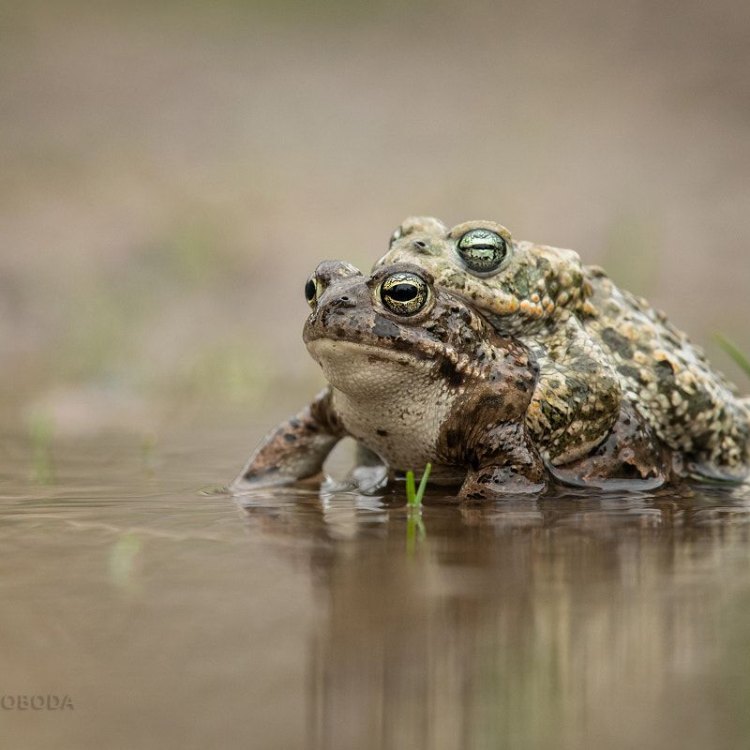
Epidalea calamita
The Curious Case of the Natterjack: An Elusive Amphibian with a Unique Twist
In a world filled with captivating creatures, the Natterjack stands out with its distinctive appearance and fascinating characteristics. From its loud mating calls to its nocturnal behavior, these medium-sized amphibians have captured the attention of many nature enthusiasts. But what exactly sets the Natterjack apart from other species? Let's dive into the world of this elusive amphibian and uncover its unique features.A Medium-sized Marvel: Adult Size and Average Lifespan
The Natterjack is a medium-sized species of amphibian, measuring around 5-8 centimeters in length PeaceOfAnimals.Com. Despite its relatively small size, it holds its own in the vast biodiversity of the animal kingdom. These remarkable creatures have an average lifespan of 4-6 years, which may seem short compared to other species. But in the world of amphibians, the Natterjack's lifespan is considered quite long.The Birds and the Bees: Reproduction and Reproductive Behavior
The Natterjack's reproductive process is one of its most distinct features. Like most amphibians, they reproduce sexually, with males and females coming together to mate. However, it's the male Natterjacks that truly steal the show with their unique mating behavior. In the mating season, males attract females with a loud, distinctive call that resembles the sound of a motorbike. They produce this sound using specialized vocal sacs, making it one of the loudest mating calls in the animal kingdom.But the Natterjack's mating calls are not just for attracting females; they also serve as a way for males to establish their territory Northern Screamer. Being highly territorial creatures, male Natterjacks use their loud mating calls to ward off other males and ensure their dominance in their habitat.
Can You Hear Me Now? Sound or Call
The Natterjack's mating call is more than just loud; it's also quite unique. Described as a "motorbike" or "chainsaw" sound, it is distinguishable from that of other amphibians. This sound is produced by the male Natterjacks to attract females during mating season, making it an integral part of their reproductive behavior.But the Natterjack's sound is not just limited to mating calls; they also make distinct noises for communication and defense. When threatened, they produce a "distress call" that alerts other individuals of potential danger.
Home is Where the Heart Is: Migration Pattern and Social Groups
Unlike many other amphibian species, Natterjacks are non-migratory. They prefer to stay in their chosen habitats and establish their territories rather than moving to new areas. This is due to their highly territorial nature, where they defend their chosen territory fiercely against other males.Additionally, Natterjacks are solitary creatures, meaning they prefer to live alone rather than in social groups. They only come together during the mating season and will quickly disperse once it's over.
The Nightlife of a Natterjack: Behavior and Predators
Natterjacks are predominantly nocturnal creatures, meaning they are most active during the night. This behavior allows them to avoid competition for resources with diurnal (daytime) animals. They are also well-adapted to the night, with their large eyes and excellent vision, making them skilled hunters of small insects and invertebrates.However, their nocturnal behavior also makes them harder to spot in the wild, adding to their elusive nature. Natterjacks also exhibit a unique bouncing motion when moving quickly, earning them the nickname "running toads."
But like all creatures, Natterjacks have their fair share of predators. Larger amphibians, such as frogs and salamanders, are known to target Natterjacks, along with snakes and some bird species.
Threats and Conservation Status
Unfortunately, the Natterjack is not immune to the threats that many other species face. Habitat loss due to human activities, pollution, and the introduction of non-native species are some of the primary threats to their survival. Urbanization, in particular, poses a significant threat to these solitary creatures, as it encroaches on their natural habitats. This loss of habitat can also lead to a decline in their prey populations, affecting the Natterjack's food source.Despite these challenges, the Natterjack's conservation status is currently listed as "Least Concern" on the International Union for Conservation of Nature (IUCN) Red List. This classification means that while the species may be facing threats, these threats are not significant enough to categorize them as endangered or critically endangered.
An Amphibian's Role: Impact on Ecosystem and Human Use
The Natterjack may be a small creature, but it plays a significant role in its ecosystem. As predators, they help to control the insect and invertebrate population in their habitat, making them a valuable part of the food chain. They also serve as prey for larger animals, contributing to the balance of the ecosystem.Unfortunately, humans do not utilize the Natterjack in any significant way. They are not used for food or medicine, and they are not commonly kept as pets due to their nocturnal and elusive behavior.
A Yellow Stripe Running Down the Back: Distinctive Features and Interesting Facts
The Natterjack's distinctive feature is the bright yellow stripe that runs down its back, starting at the top of its head and ending at the tip of its tail. This yellow stripe serves as a warning to predators, indicating that the Natterjack has a toxic skin secretion that can make them sick or even prove fatal. This serves as a defense mechanism, deterring predators from attacking them.Aside from their yellow stripe, Natterjacks also have a unique bouncing motion when moving quickly. They use their powerful hind legs to propel themselves, giving them their distinctive "running toad" movement. This bouncing motion helps them move quickly and efficiently, making them strong and agile hunters.
In Conclusion
The Natterjack may not be a well-known species, but it certainly has a lot of unique features and characteristics that make it stand out. From its distinct mating calls and nocturnal behavior to the yellow stripe on its back and bouncing motion, these medium-sized amphibians have captivated the interest of nature enthusiasts worldwide.But like many other creatures, the Natterjack is facing threats to its survival. As humans continue to encroach on their habitats, it's essential to raise awareness about the Natterjack and other amphibian species to ensure their continued existence in our ever-changing world. So the next time you're out in nature, keep an eye and an ear out for the elusive Natterjack, and you just might witness its remarkable features in action.
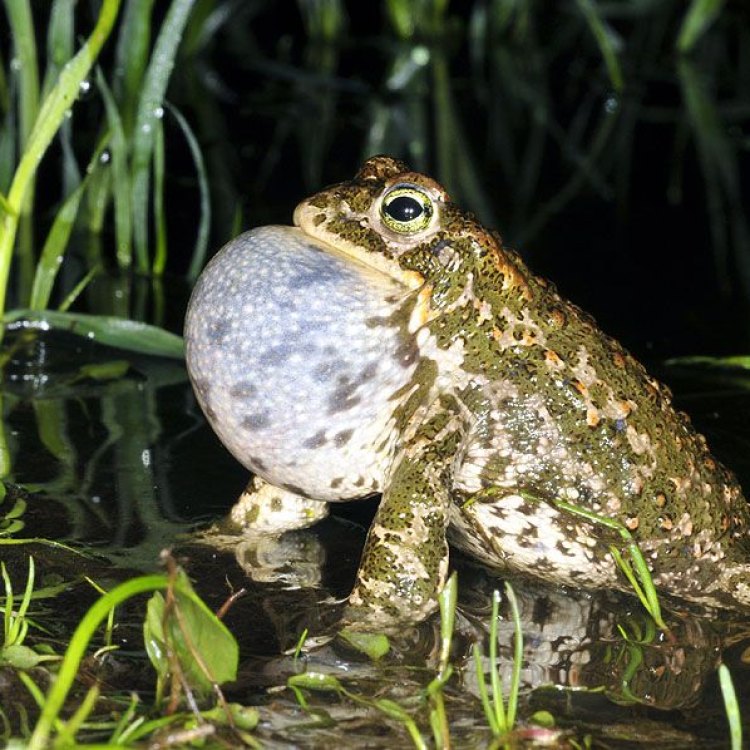
The Unique Natterjack: A Fascinating Amphibian of the European Coast
Disclaimer: The content provided is for informational purposes only. We cannot guarantee the accuracy of the information on this page 100%. All information provided here may change without prior notice.


